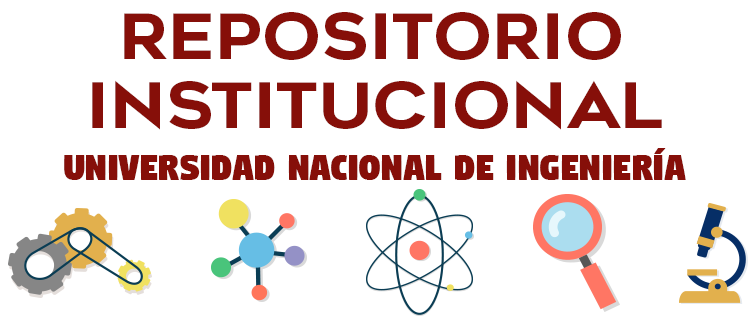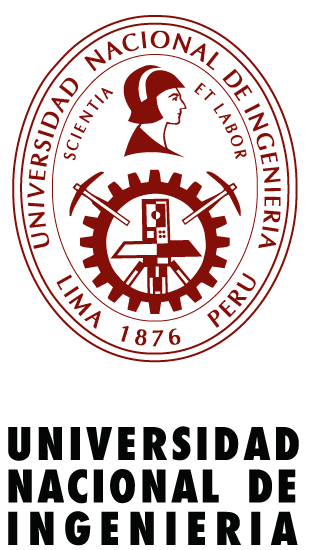Por favor, use este identificador para citar o enlazar este ítem:
http://hdl.handle.net/20.500.14076/550Registro completo de metadatos
| Campo DC | Valor | Lengua/Idioma |
|---|---|---|
| dc.contributor.advisor | Hernández Gorritti, Wilfredo Román | - |
| dc.contributor.author | Alarcón Cavero, Hugo Arturo | - |
| dc.creator | Alarcón Cavero, Hugo Arturo | - |
| dc.date.accessioned | 2013-09-04T17:23:05Z | - |
| dc.date.available | 2013-09-04T17:23:05Z | - |
| dc.date.issued | 2008 | - |
| dc.identifier.uri | http://hdl.handle.net/20.500.14076/550 | - |
| dc.description.abstract | This work presents two ways of modifying the surface of TiO2 with Al3+, the first way was made by depositing a TiO2 suspension containing small amounts of aluminum nitrate or aluminum chloride onto conducting glass substrates, followed by drying, compression, and finally heating to 530 °C. Electrodes prepared with TiO2 nanoparticles coated with less than 0.3 wt % aluminum oxide with respect to TiO2 improved the efficiency of the dye sensitized solar cell. This amount corresponds to less than a monolayer of aluminum oxide. Thus, the Al ions terminate the TiO2 surface rather than form a distinct aluminum oxide layer. The aluminum ion surface treatment affects the solar cell in different ways: the potential of the conduction band is shifted, the electron lifetime is increased, and the electron transport is slower when aluminum ions are present between interconnected TiO2 particles.The second way was made by insertion of aluminum ions using an electrochemical process. After heat treatment these films were found suitable as electrodes in dye-sensitized solar cells. By means of a catechol adsorption test, as well as photoelectron spectroscopy (PES), it was demonstrated that the density of Ti atoms at the metal oxide/electrolyte interface is reduced after Al modification. There is, however, not a complete coverage of aluminum oxide onto the TiO2, but the results rather suggest either the formation of a mixed Al-Ti oxide surface layer or formation of a partial aluminum oxide coating. No new phase could, however, be detected. In solar cells incorporating Al-modified TiO2 electrodes, both electron lifetimes and electron transport times were increased. At high concentrations of inserted aluminum ions, the quantum efficiency for electron injection was significantly decreased.Results are discussed at the hand of different models: A multiple trapping model, which can explain slower kinetics by the creation of additional traps during Al insertion, and a surface layer model, which can explain the reduced recombination rate, as well as the reduced injection efficiency, by the formation of a blocking layer. | en |
| dc.description.uri | Tesis | es |
| dc.format | application/pdf | es |
| dc.language.iso | eng | en |
| dc.publisher | Universidad Nacional de Ingeniería | es |
| dc.rights | info:eu-repo/semantics/restrictedAccess | es |
| dc.rights.uri | http://creativecommons.org/licenses/by-nc-nd/4.0/ | es |
| dc.source | Universidad Nacional de Ingeniería | es |
| dc.source | Repositorio Institucional - UNI | es |
| dc.subject | Celdas solares | es |
| dc.subject | Fotoelectroquímica | es |
| dc.title | Celdas solares fotoelectroquímicas de dióxido de titanio sensibilizadas y modificadas con aluminio | es |
| dc.type | info:eu-repo/semantics/doctoralThesis | es |
| thesis.degree.name | Doctor en Ciencias con Mención en Química | es |
| thesis.degree.grantor | Universidad Nacional de Ingeniería. Facultad de Ciencias. Unidad de Posgrado | es |
| thesis.degree.level | Doctorado | es |
| thesis.degree.discipline | Doctorado en Ciencias con Mención en Química | es |
| thesis.degree.program | Doctorado | es |
| Aparece en las colecciones: | Doctorado | |
Ficheros en este ítem:
| Fichero | Tamaño | Formato | |
|---|---|---|---|
| alarcon_ch.pdf | 1,02 MB | Adobe PDF | Visualizar/Abrir |
Este ítem está sujeto a una licencia Creative Commons Licencia Creative Commons

Indexado por:



